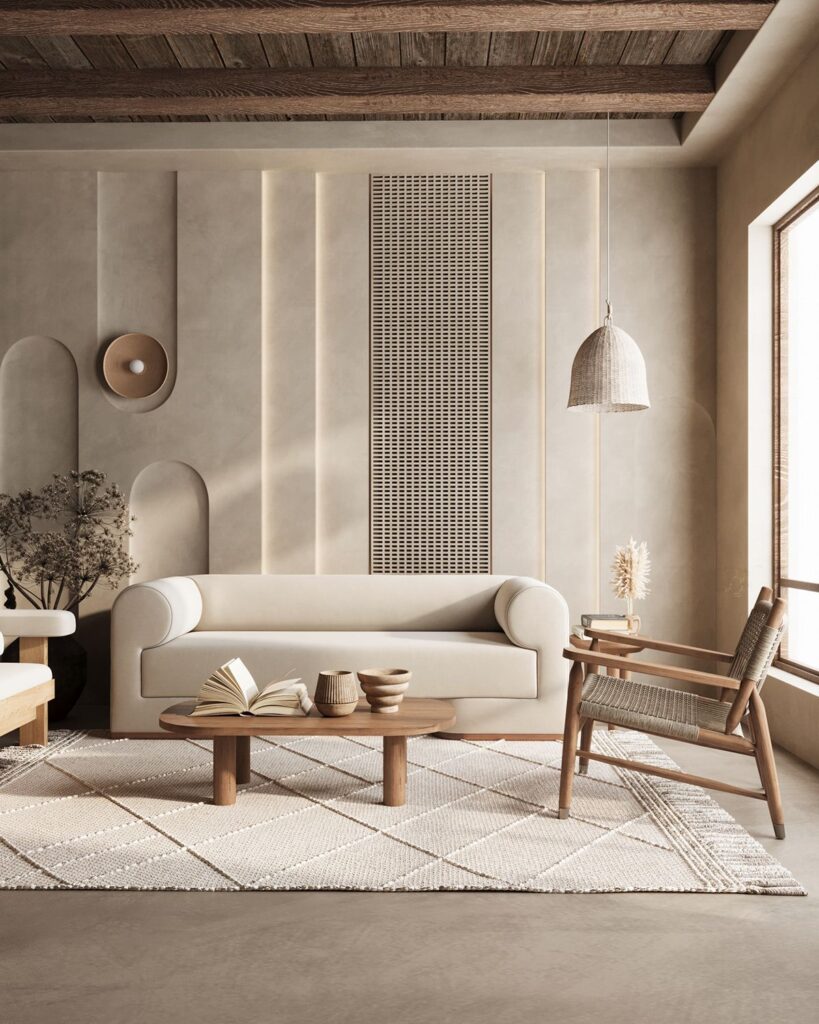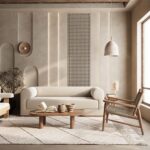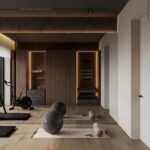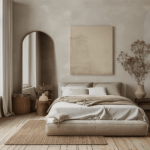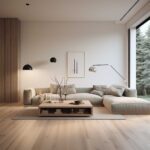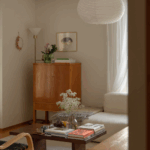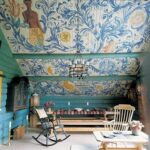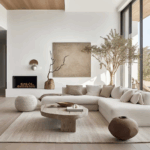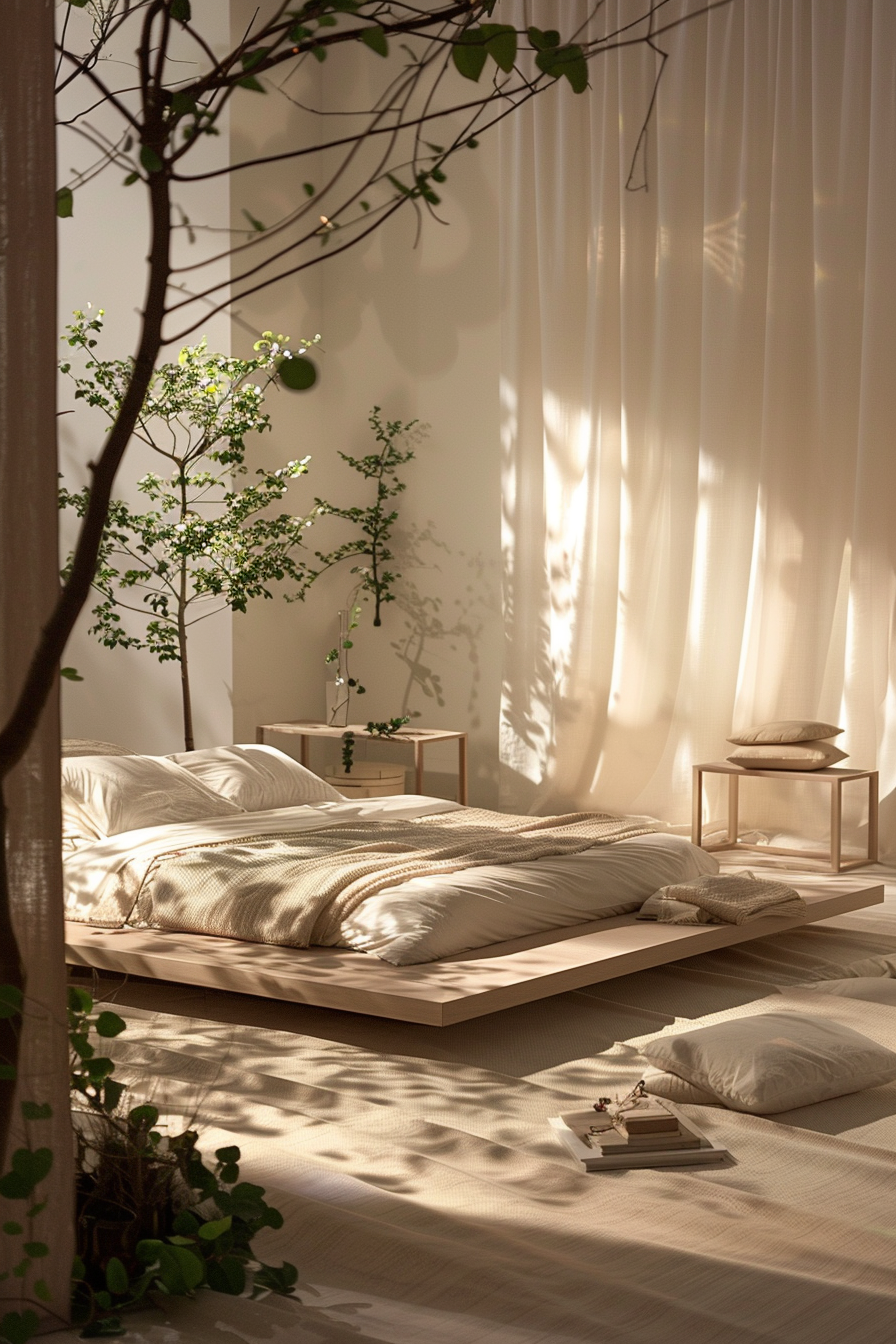
Minimalist interior design is a popular style that focuses on simplicity, clean lines, and a clutter-free environment. This design aesthetic is characterized by the use of a neutral color palette, sleek furnishings, and a lack of unnecessary decorations or embellishments. The philosophy behind minimalist design is to create a space that is both functional and visually appealing, without being overly complicated or busy. By keeping the design streamlined and uncluttered, minimalist interiors can help promote a sense of calm and tranquility in a space. This style often incorporates natural materials such as wood, stone, and metal, as well as plenty of natural light to create an open and airy feel. Minimalist interior design is also known for its focus on balance, symmetry, and proportion, creating a harmonious and visually pleasing space. Overall, minimalist interior design is a timeless and versatile style that can work well in a variety of spaces, from small apartments to large homes, and everything in between.
Minimalist interior design has gained popularity in recent years for its clean, sleek, and clutter-free aesthetic. This style focuses on simplicity and functionality, avoiding excessive decorations and utilizing a color palette of neutral tones such as white, black, and grey. The key to achieving a minimalist interior is to declutter and streamline the space, allowing for a sense of calm and tranquility.
One of the main principles of minimalist interior design is the idea of “less is more.” This concept encourages individuals to remove unnecessary items and focus on the essential elements that bring value and purpose to a space. By eliminating excess furniture, decor, and clutter, a minimalist interior can create a sense of openness and spaciousness. This design approach also emphasizes the importance of quality over quantity, with a focus on selecting well-crafted, timeless pieces that will stand the test of time.
In order to create a minimalist interior, it’s important to carefully consider the layout and organization of the space. Furniture should be arranged in a way that promotes flow and functionality, with an emphasis on clean lines and simplicity. Storage solutions such as built-in cabinets, hidden closets, and multi-functional furniture are often used to maintain a clutter-free environment. Lighting is also an essential element in minimalist design, with an emphasis on natural light and the use of sleek, modern fixtures to enhance the space. Overall, minimalist interior design offers a modern and elegant aesthetic that promotes a sense of simplicity and tranquility in any home.
 Decor ideas Style Starts Here
Decor ideas Style Starts Here
